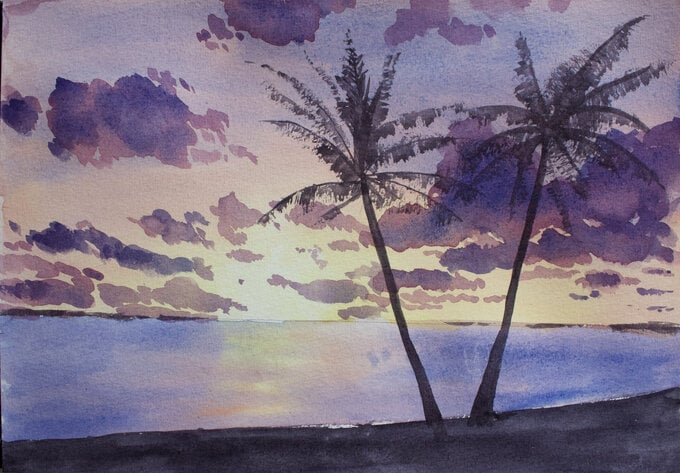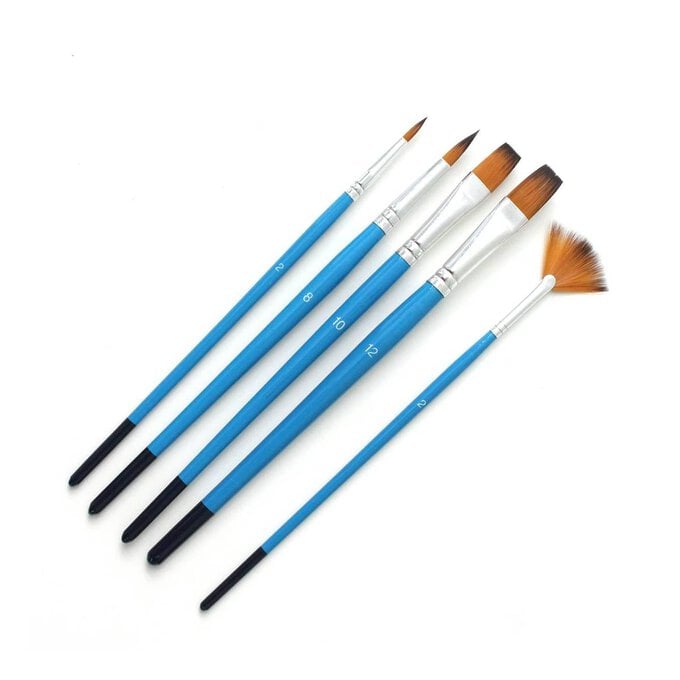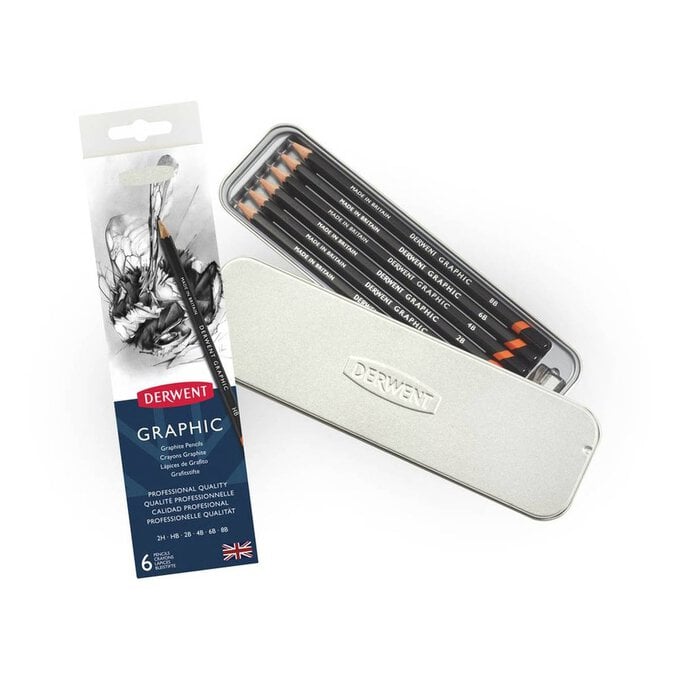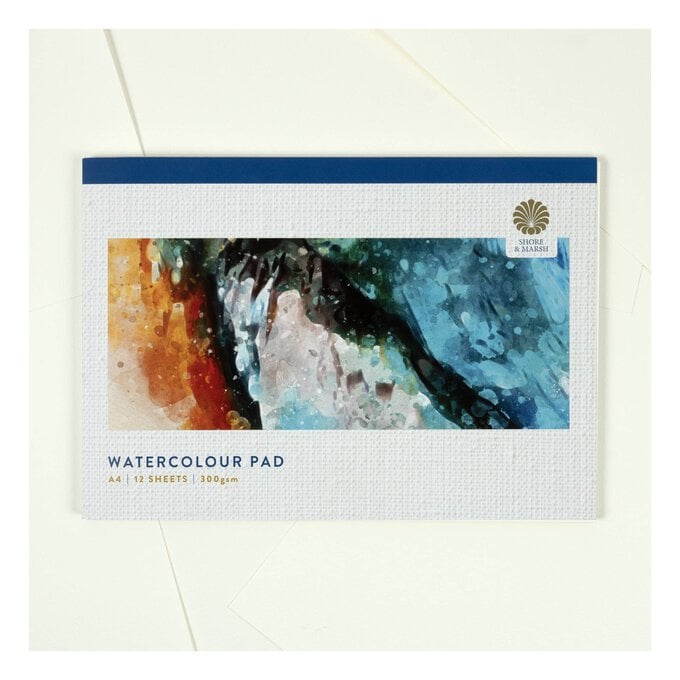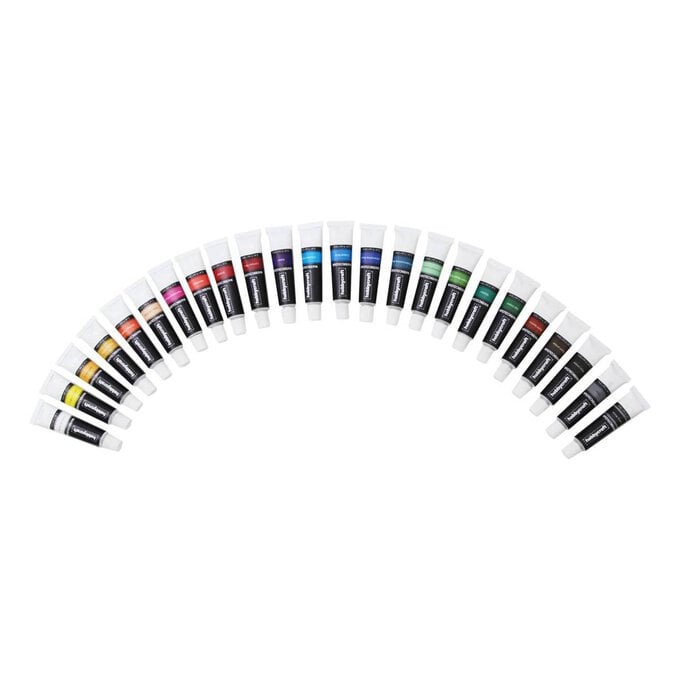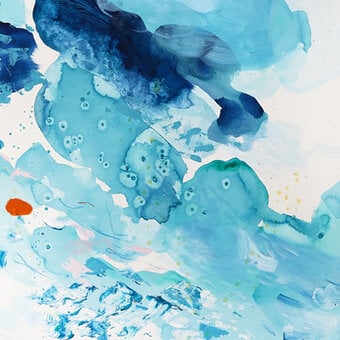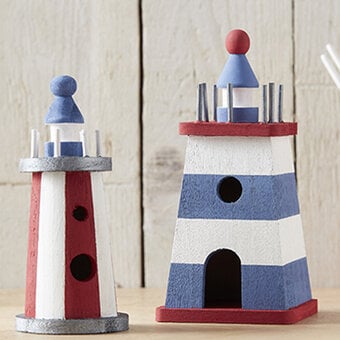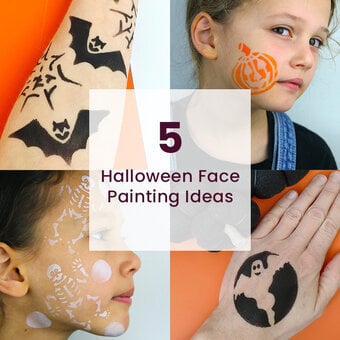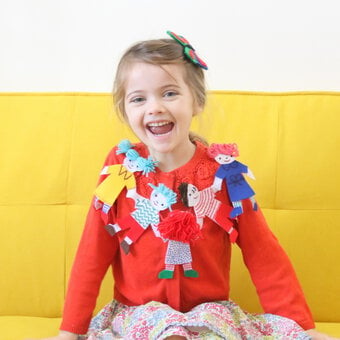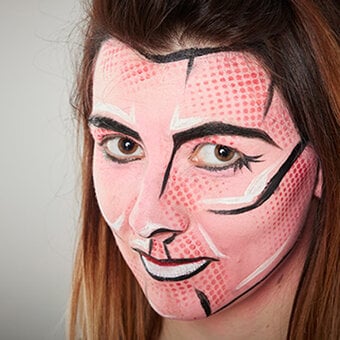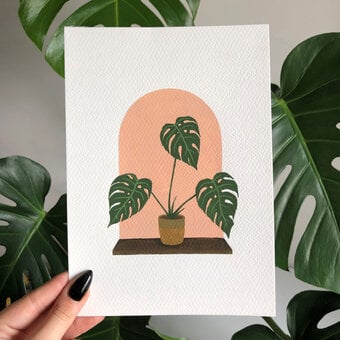How to Paint a Watercolour Sunset
Master the wet-on-wet watercolour technique with this simple tutorial, with all the tips you'll need to beautifully blend colours – even if you're a beginner. Watercolours are a bright and fluid medium that are perfect for capturing light and landscapes.
Follow our step-by-step guide to capture your dream sunset landscape filled with gorgeous golden warm hues or pastel pink tones.
Project and instructions by Hobbycraft Artisan Charlotte Baker.
You will need
Subtotal
Is $ 11.00
Subtotal
Is $ 14.00
Subtotal
Is $ 17.00
Subtotal
Is $ 26.00
How to make
You will also need:
* Jam jar for water
* Kitchen towel
Gather your supplies then start by drawing out your design on watercolour paper, making sure you have established your horizon line first.
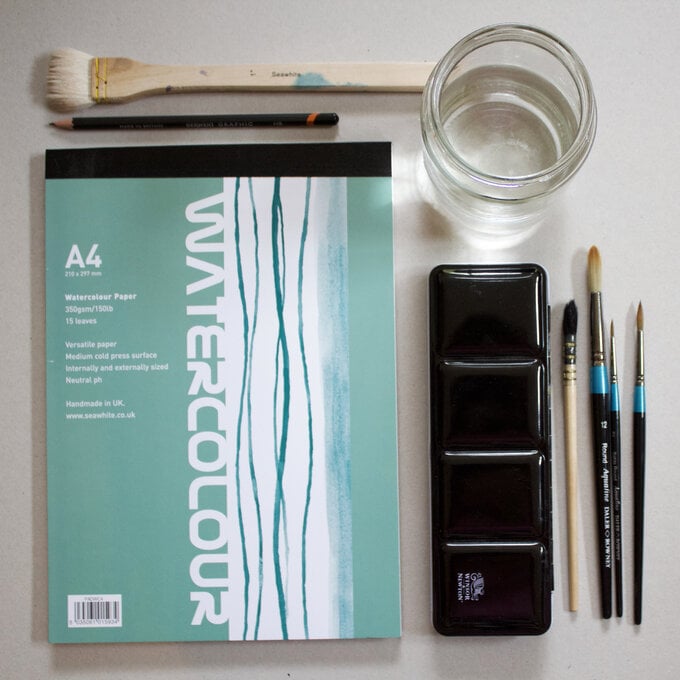
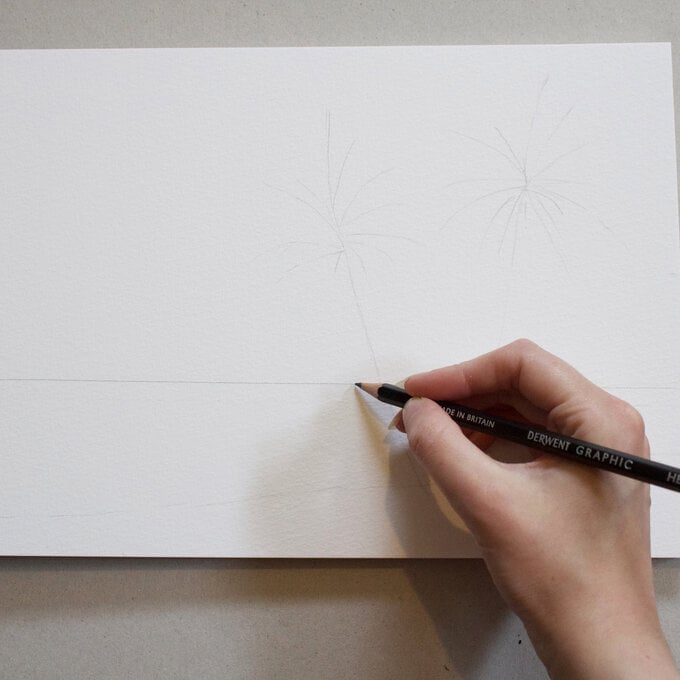
Mix the colours you want to use in your painting. I used Cadmium Yellow, Cadmium Red, Crimson Alizarin and Ultramarine in my sunset to make Yellow, Orange, Pink, Purple and Blue.
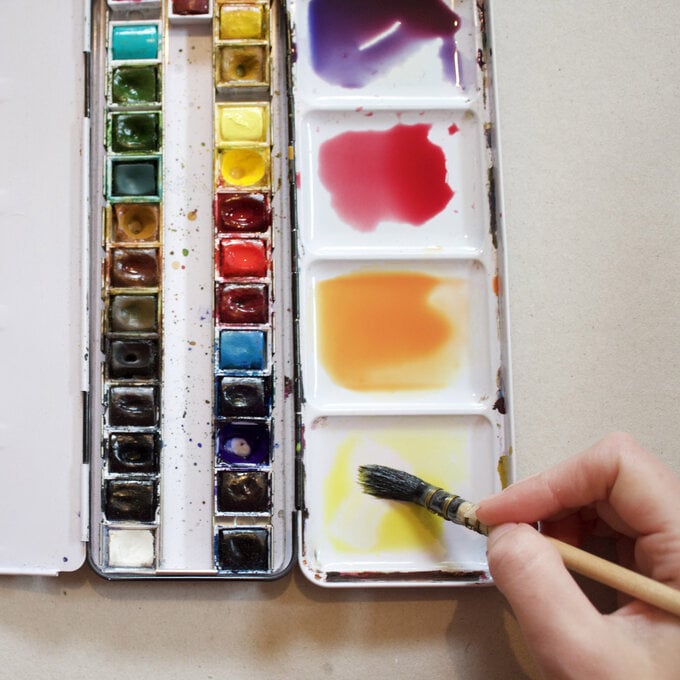
Pre-wet your paper using a big soft brush in preparation for paint. Make sure your paper is wet enough to blend your colours onto but not too wet!
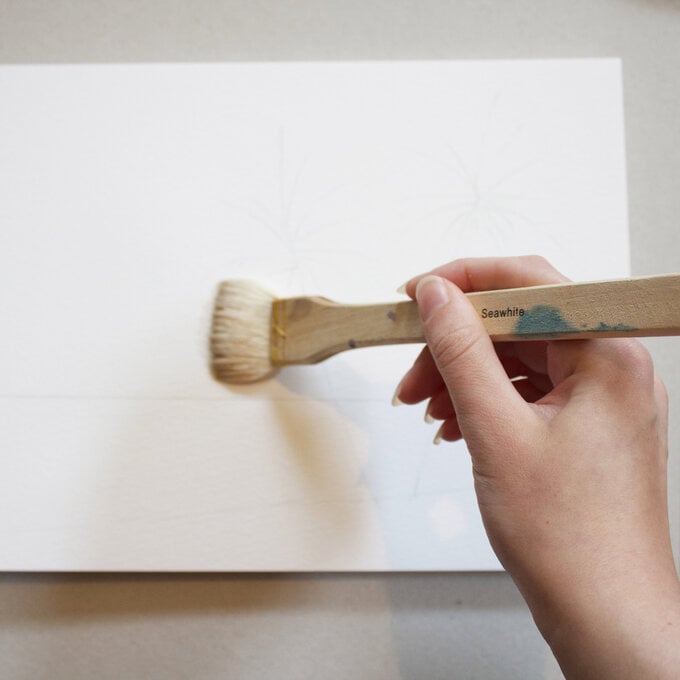
Using the wet-on-wet technique, add your first layer of sunset colours, making sure to leave any areas you want white. You can apply masking fluid to these areas to leave them free from paint if needed.
The wet-on-wet technique is a process of pre-wetting the paper before applying your watercolour on. This lets the paint blend out into the water and into other colours and creates a soft blended effect.
Tip: Always paint in the lightest colours first when using watercolours, as watercolours are transparent.
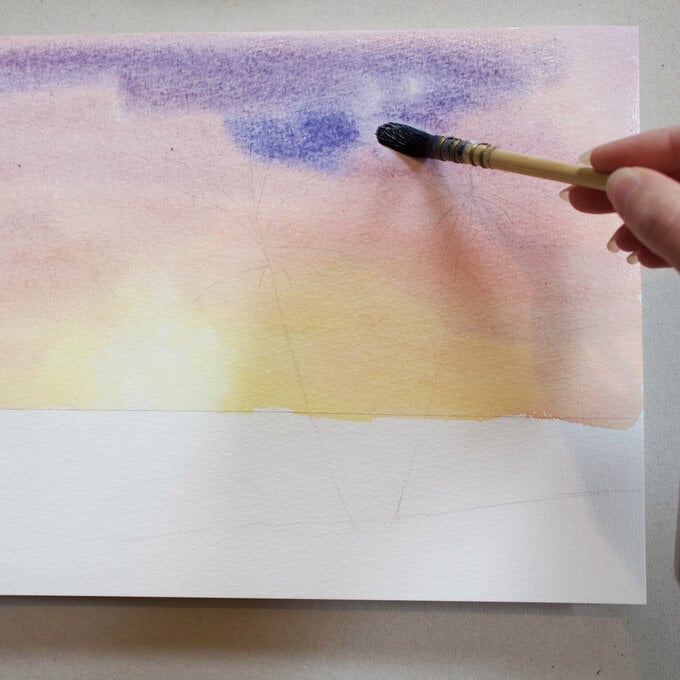
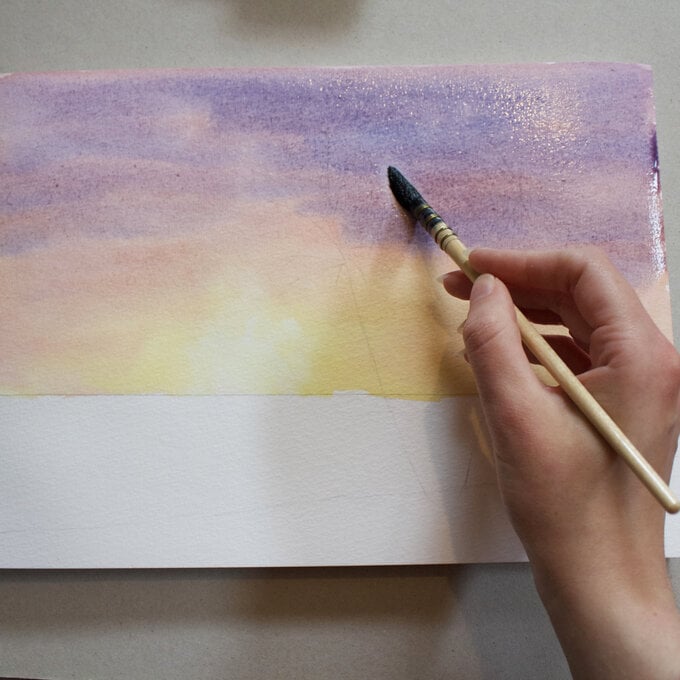
Once your sky is dry, add the clouds, starting with a pink-purple colour, before adding in your darker indigo. When painting clouds, keep your brush on the paper and use small swirling motions to create the fluffy clouds. Clouds are usually flatter on the bottom and tail off each side.
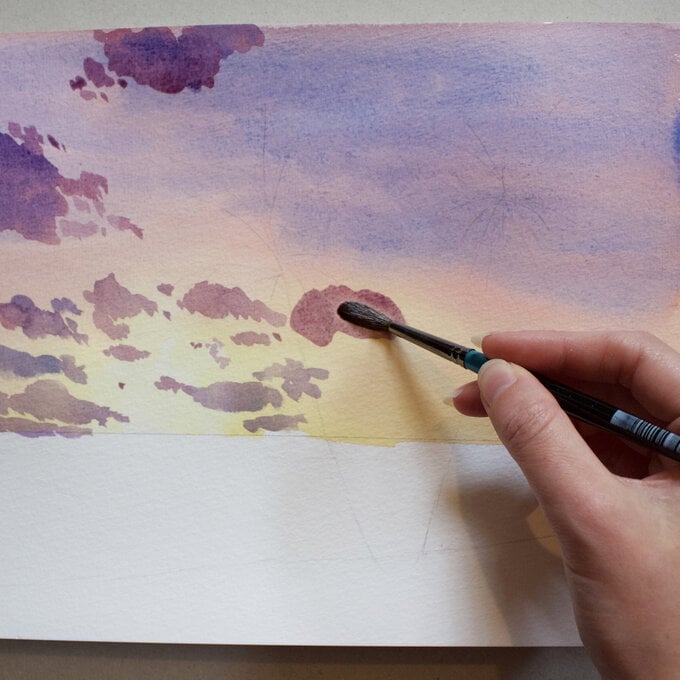
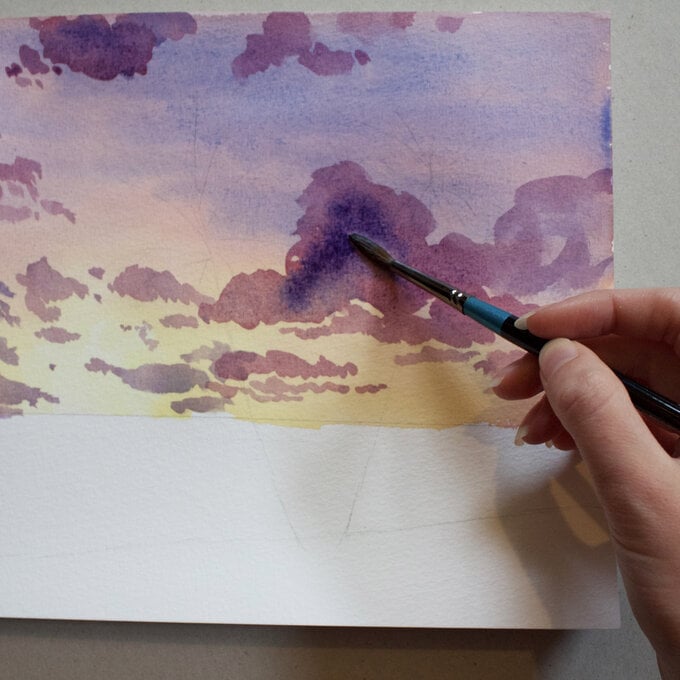
Paint in your sea. Use the same wet-on-wet technique as before and using your lightest watercolours first, build up the sea. Use horizontal brush strokes to achieve the motion of the waves and to blend the colours together more.
Keep your light source on your sea strong and try not to blend too many colours in.
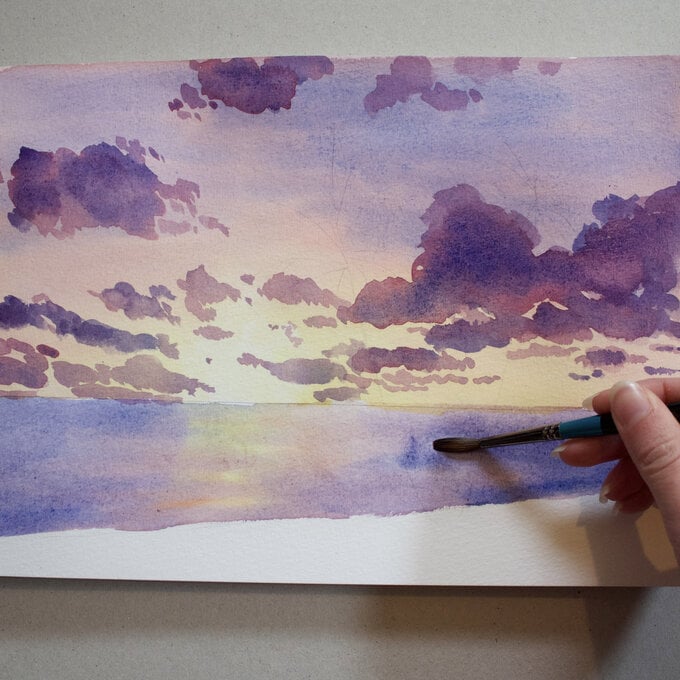
Paint in your silhouette shapes using a mix of Crimson Alizarin, Ultramarine and Burnt Umber to get a dark colour.
Try to avoid just using black, as it can appear quite flat when dry. Use a dry round brush on its side to drag the paint across to create the textured leaves on the palm trees.
Tip: Always make sure your previous layers are completely dry before painting the next. If the paper is still cold to the touch, it may be too damp to apply another layer without the risk of the paint bleeding.
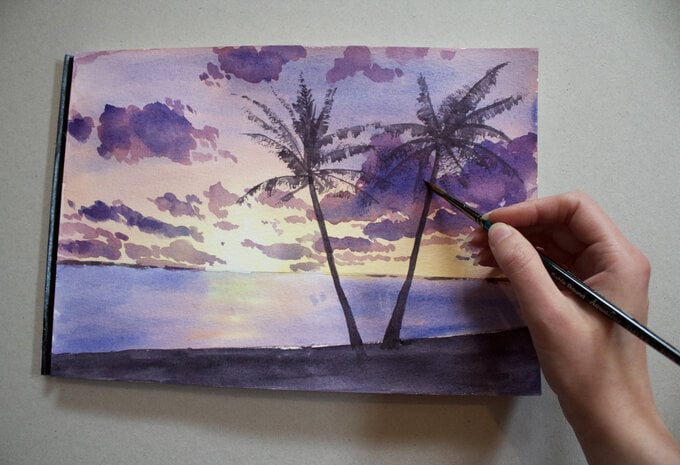
Leave the piece to dry before displaying.
